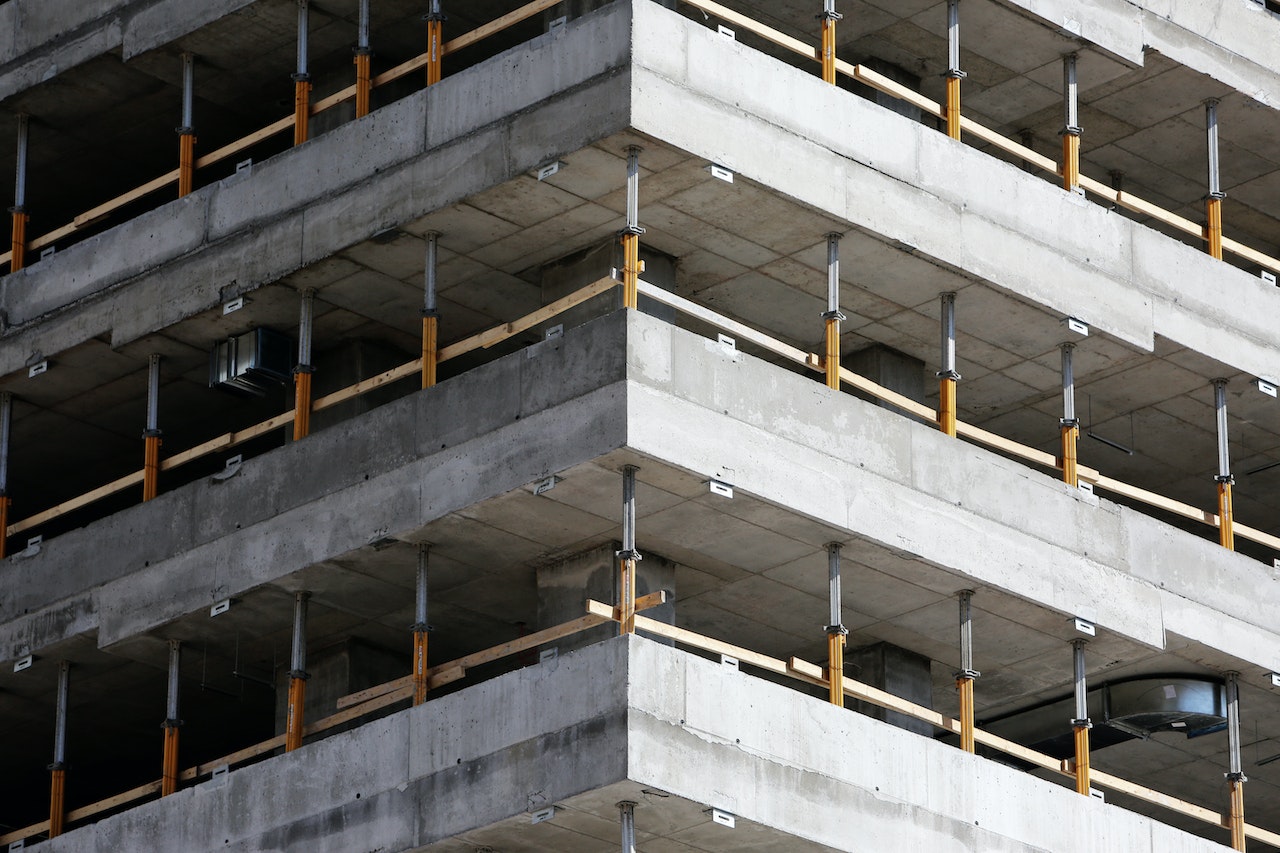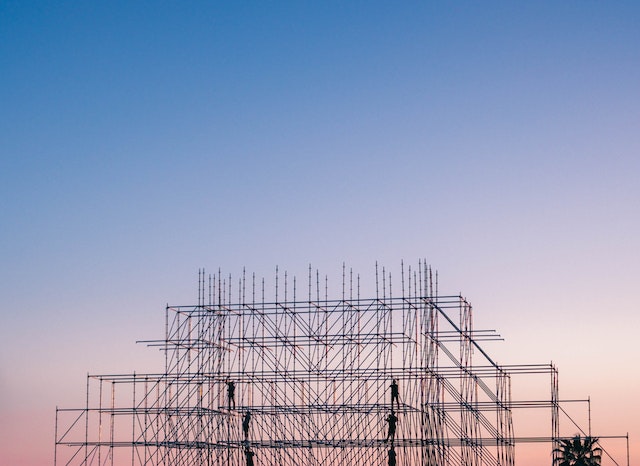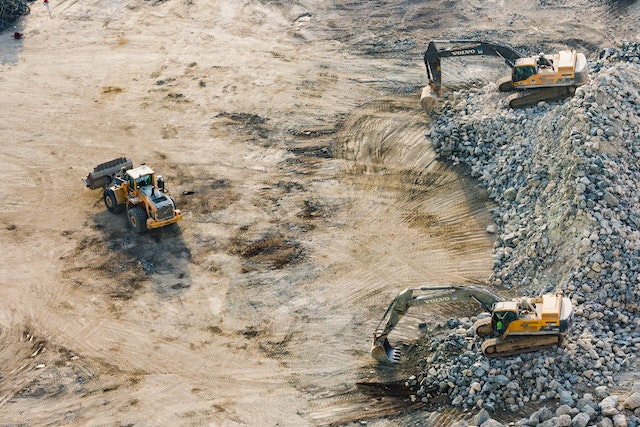Comments
- No comments found

If you’re having a new home built or adding a couple of rooms to your current home, you’re probably working with a general contractor.
This may give you peace of mind that you have the right professional to take care of the project from beginning to end. The only question you may still not know the answer to is how long you can expect your construction project to take. Let’s see what factors might play a role in the timeline.

By having a list where you can see all of the tasks or activities that will be performed in chronological order, you will understand the scope of the project. You will also be able to understand what tasks will happen in what order and whether one of them is dependent on the next one or not.
The benefits of a timeline are that your construction project will be better organized, there will be better communication between those involved, there will be fewer delays, and you’ll see more efficient project management.

A successful construction project does not happen out of thin air. It needs planning and the involvement of many professionals to bring it to a successful end. For this reason, projects happen in stages, each one with different contractors involved.
This stage involves the property owner, an architect or engineer, and the general contractor. It comprises planning, designing, and permits.
This is when the project breaks ground. The property is graded, dug, or drilled for foundation and footings. A driveway is drawn for deliveries and underground utilities like electricity and gas are brought to the site.
At this stage, the building starts going up. Cranes may be used to lift the structure into place and contractors attach it to the foundation and footings. The general contractor will be on-site, supervising the scaffolding, the framing, and the structural and metal workers. The weather may delay the project at this stage.
At this time, windows, doors, roofing, siding, and brick or plasterwork go in. The emphasis is on closing the exterior of the building from the elements. All the sub-contractors involved in this stage must work cohesively to allow the project to move forward.
Once the building has been sealed, the general contractor will supervise the work done by plumbers, electricians, and mechanical subcontractors. The house will have electrical wires run throughout and water supply pipes and waste will also go in.
At the final stage, finishes and fixtures will be installed. Masonry, drywall, insulation, painting, tile installation, carpentry, and flooring all happen at this point. As far as the outside of the building, landscapers and swimming pool contractors come in to finish up the construction project and allow the homeowners to enjoy their new homes.
Leave your comments
Post comment as a guest